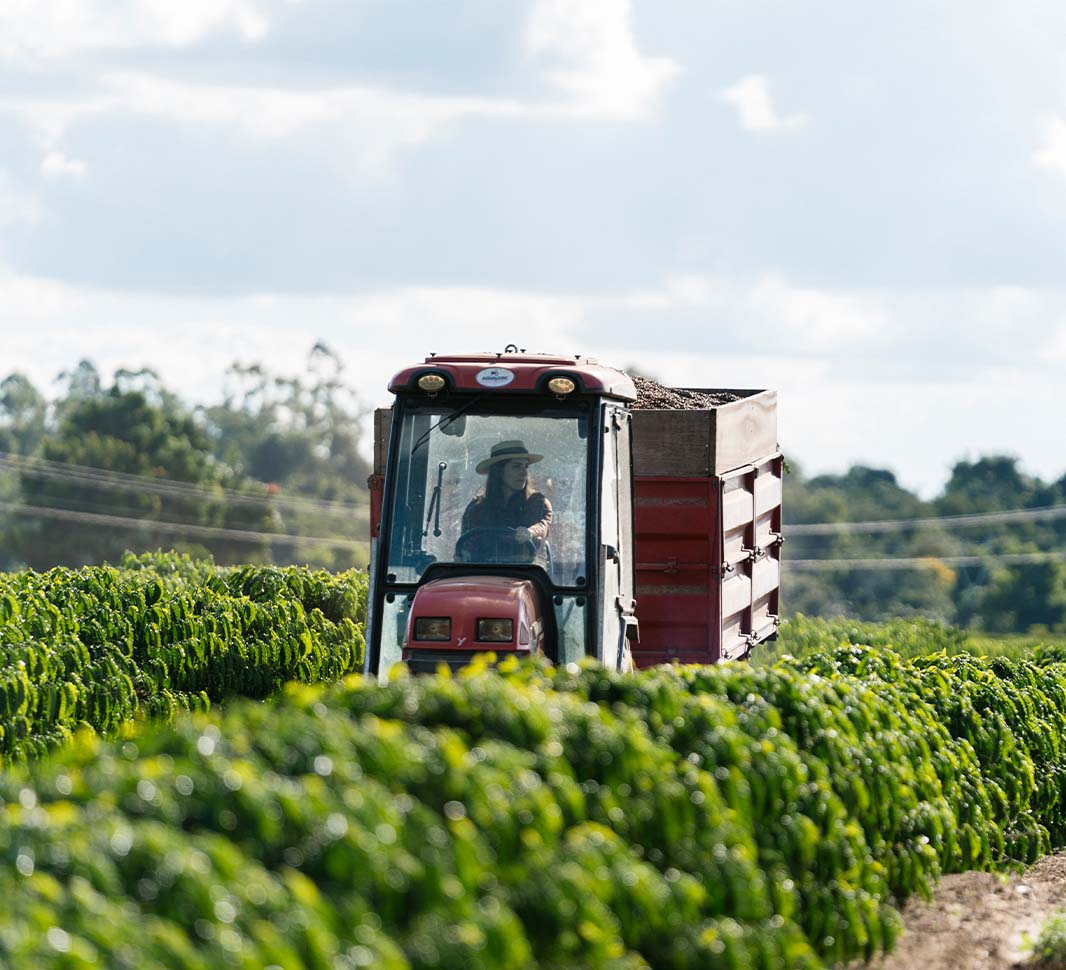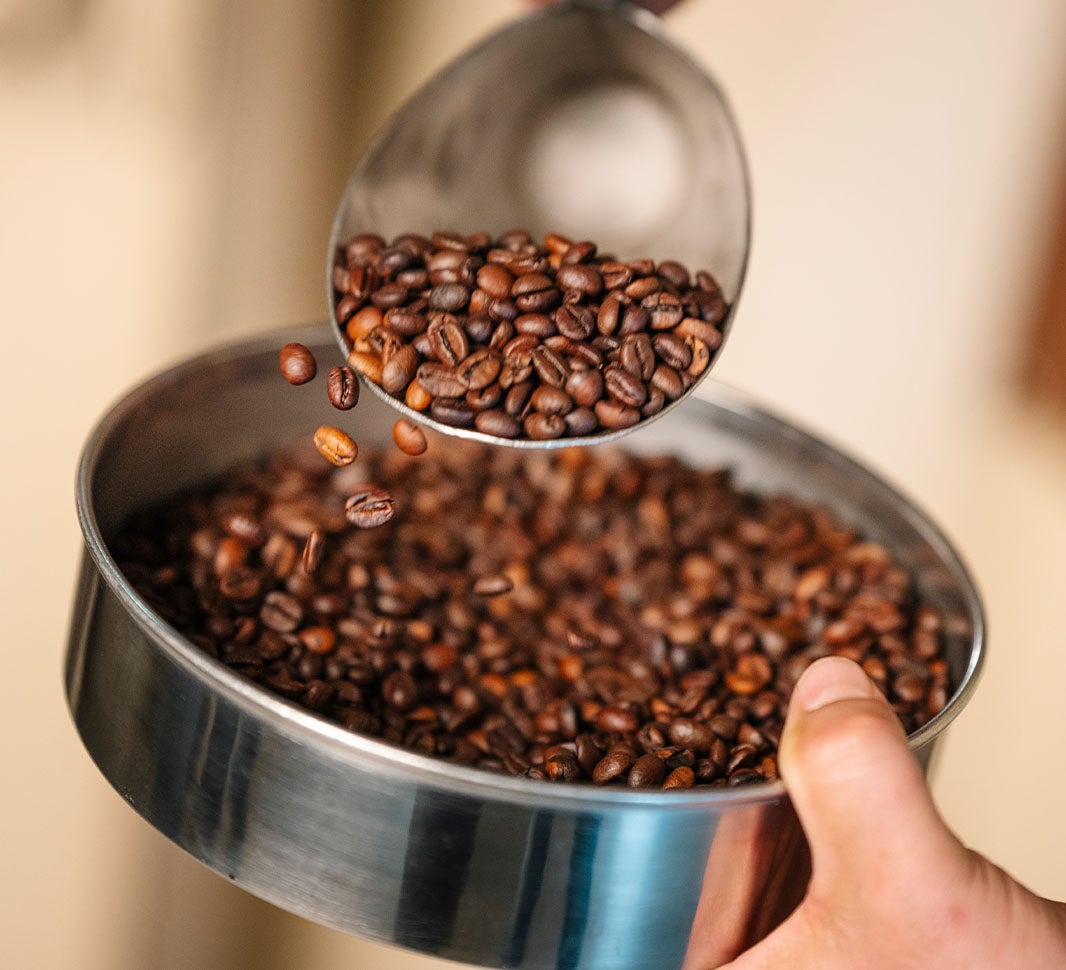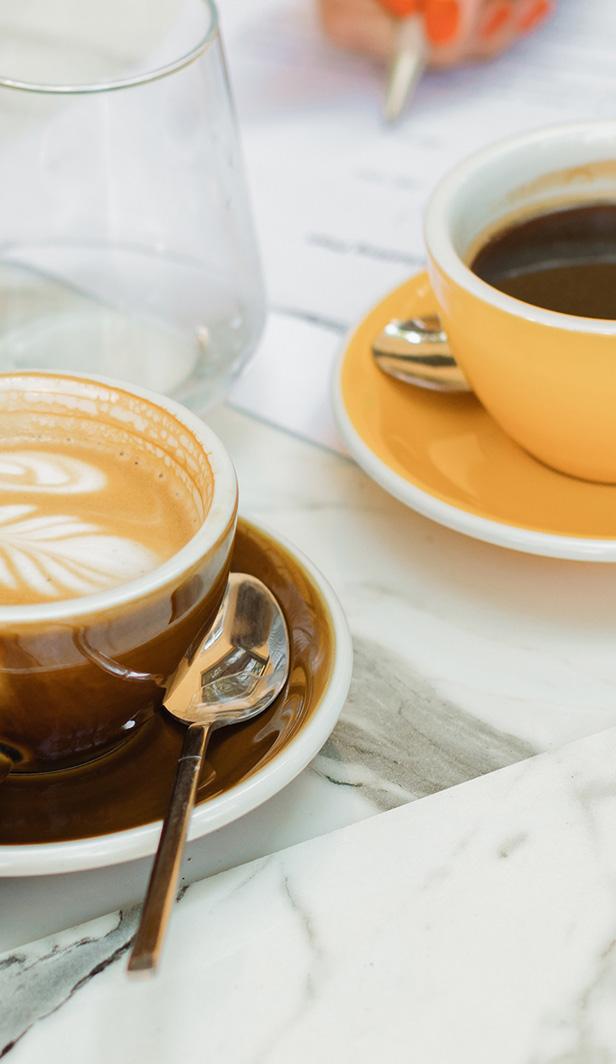search-autocomplete
toaster-signin
Arabica vs. Robusta: what’s the difference?
Knowing the differences between Arabica and Robusta is an important part of becoming a coffee enthusiast. That’s because these are the two main types of coffee beans available on the global coffee market, each with its own unique characteristics and each delivering a distinct flavour profile.
Arabica beans are prized for their delicate yet intricate flavours. Typically, they grow at higher altitudes and develop a sweeter taste with fruity and acidic notes.

What are Arabica and Robusta coffee beans?

Key features of Arabica and Robusta coffee beans
Now, let’s explore some of the specific differences in a bit more detail.
Flavour profiles and tasting notes:
Arabica beans are renowned for their delicate and complex flavours, often with sweet notes of fruit, berries, and chocolate. Robusta beans, meanwhile, offer a stronger, more bitter taste with earthy, woody, or nutty notes.

Choosing between the two…or not!

Experience the best of both with NESCAFÉ®
At NESCAFÉ®, we understand that coffee lovers have different preferences. That’s why we have a range of products made from both Arabica and Robusta beans individually, or blended together.
Robusta beans are generally roasted to be darker for a more intense flavour. Most times, these are stronger, bolder and have a more bitter taste. Explore these NESCAFÉ® FARMER’S ORIGINS variants: South Asia or Café au Lait for 100% pure Robusta flavours.

Today’s community favourites




